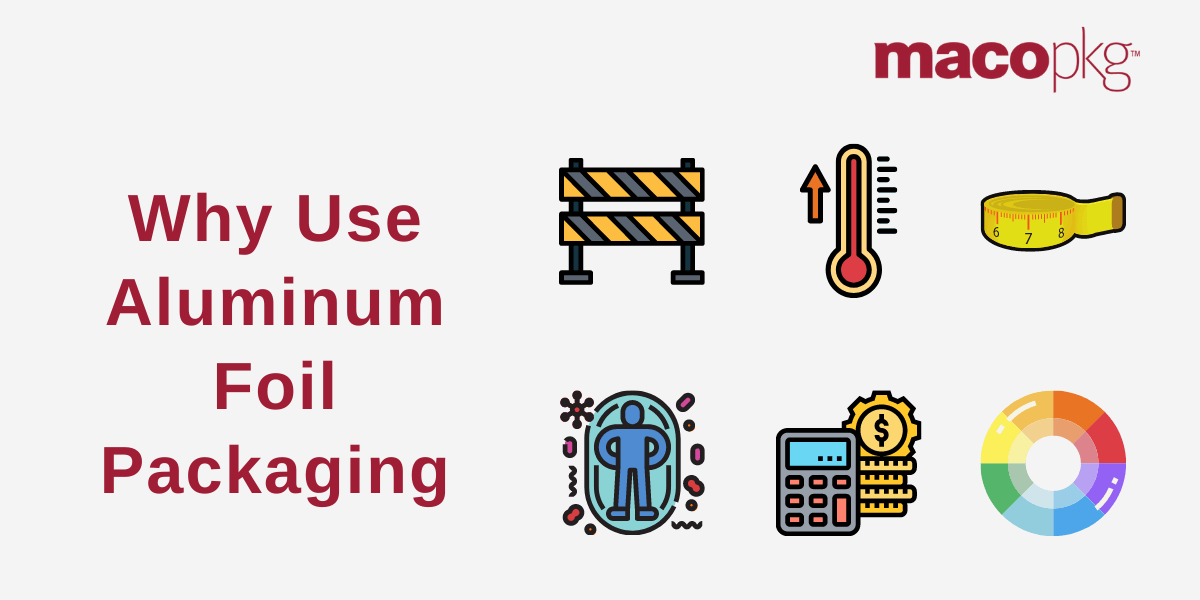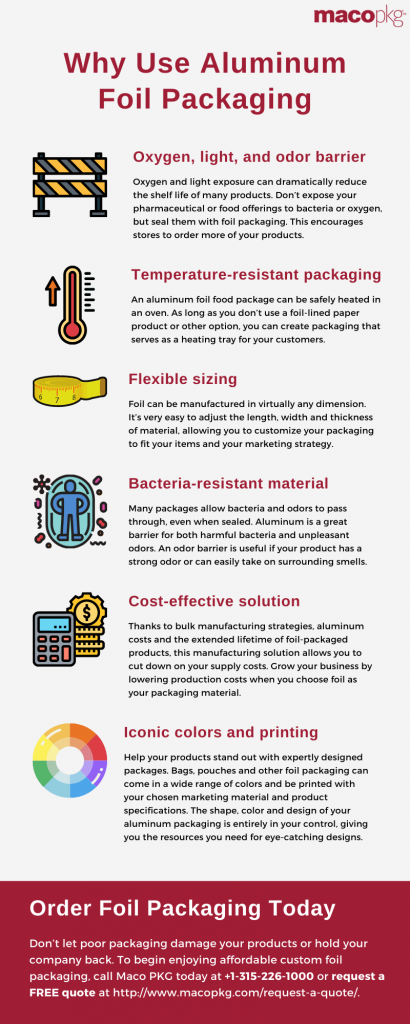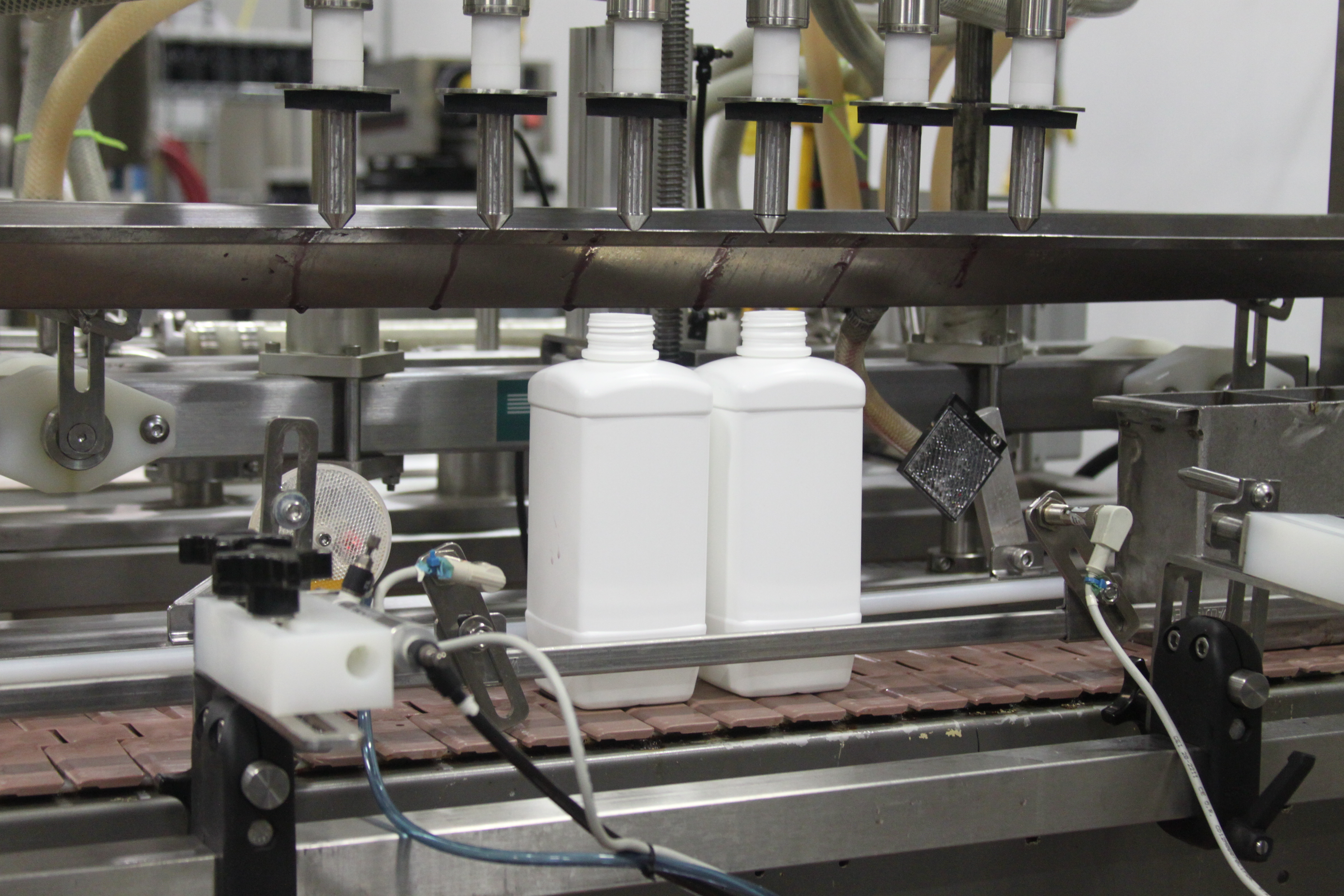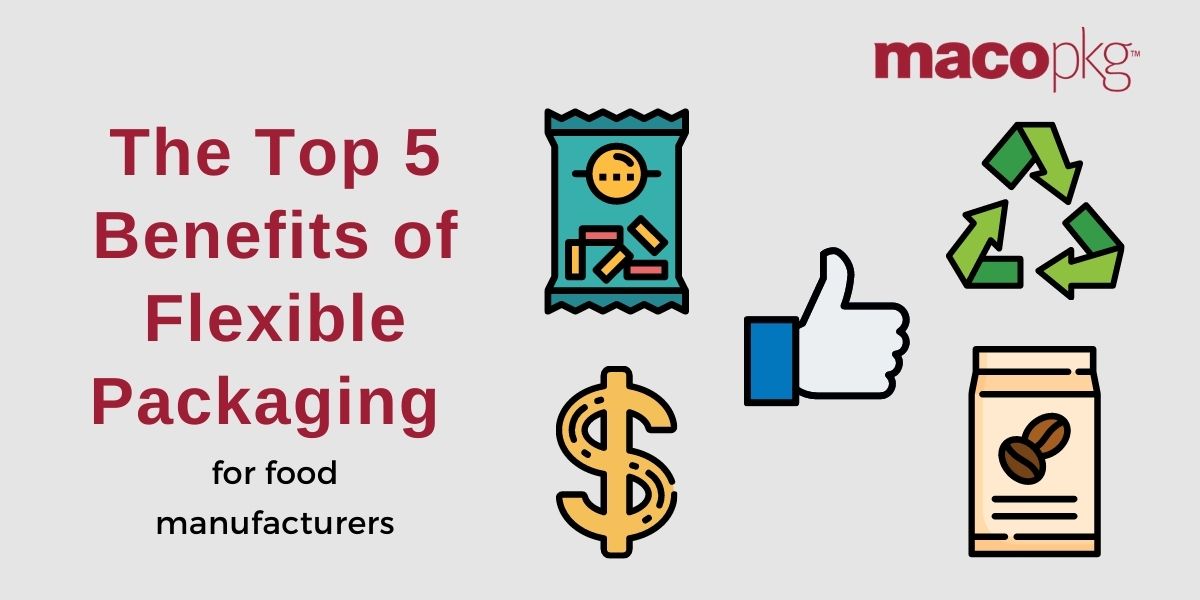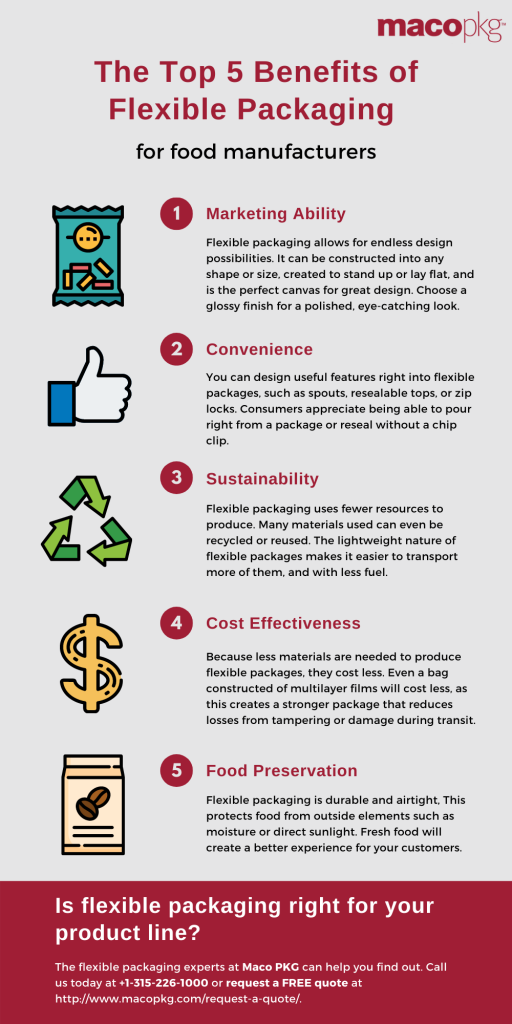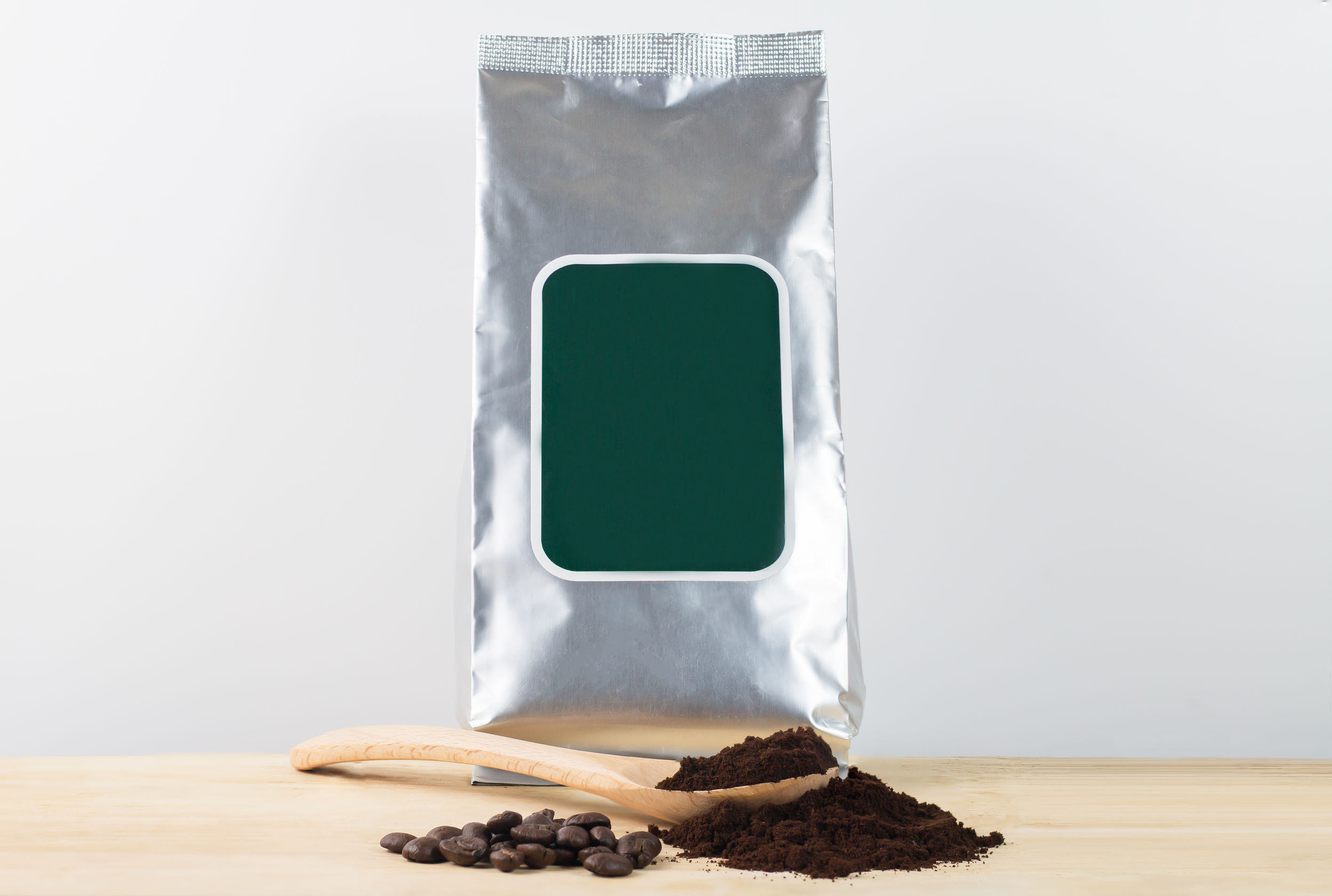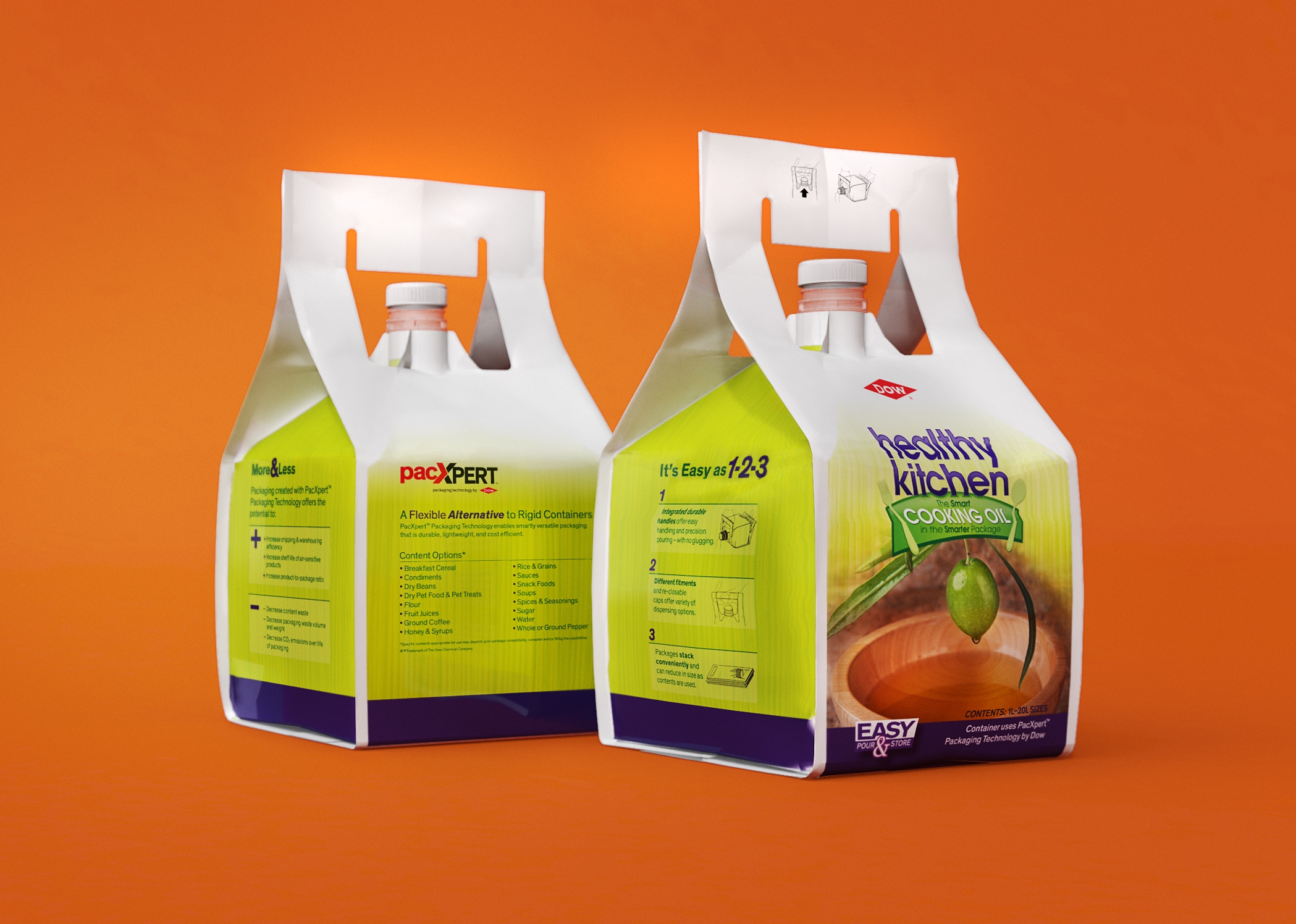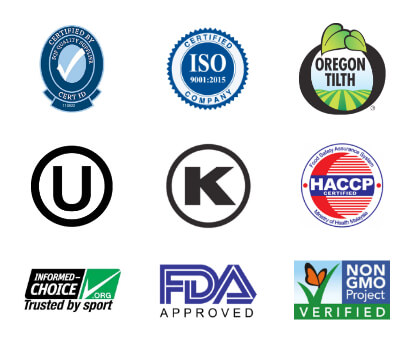Customers are always looking for new products to try, and product owners are always looking for new ways to expand their revenue. But how do you meet those customers in the middle, making your product both highly visible and accessible?
Grocery stores are a great way to put your business into overdrive, giving customers new options in ever-fashionable packaging. Whether you are looking to sell at local convenience stores or big-box wholesale grocers, it presents the perfect opportunity for your product.
Interested in learning more about how to get your product into grocery stores? In this ultimate guide, Mako PKG takes you through the whole process from start to finish.
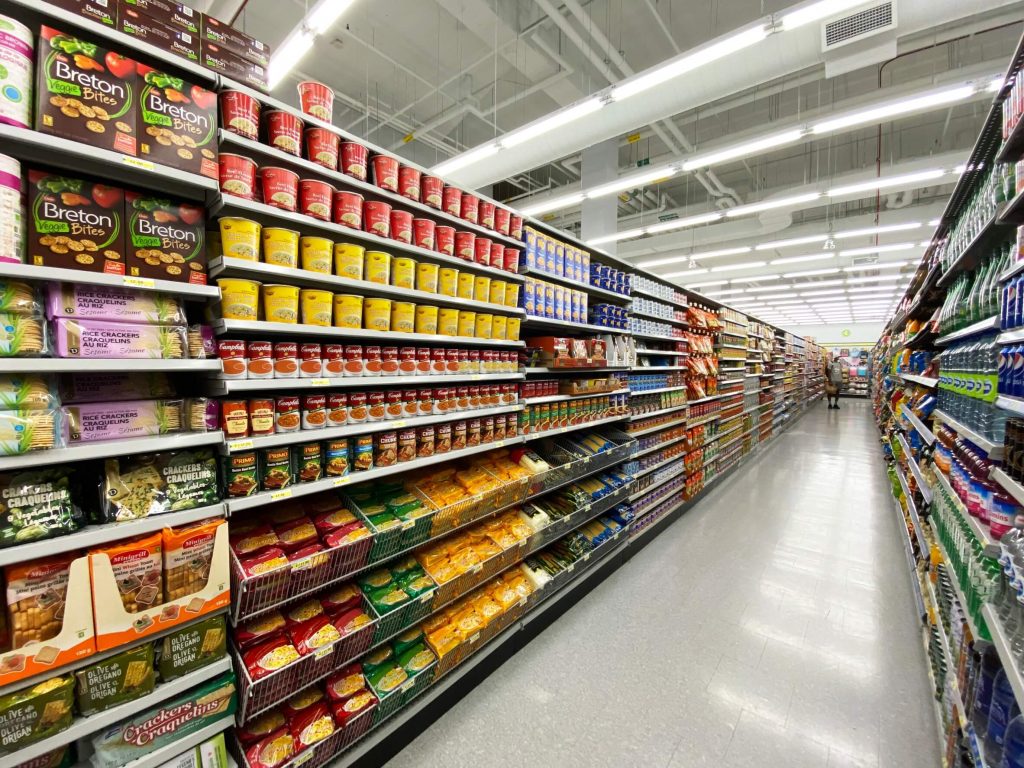
Why Grocery Stores?
You might be thinking, with all the options available to your product with the internet, why choose grocery stores? It can seem like an outdated resource at times, but grocery stores still bring a lot of opportunity to the table, especially when it comes to increasing customer reach in your target demographic.
Grocery stores are still one of the most popular places for buyers to visit where they are more likely to pick up a product. The grocery store has already vetted it, and there are no shipping fees and similar product options are limited, making it easier to try something new.
Increased Sales and Visibility
When you push your product to grocery store shelves, you’ll enjoy greater visibility than you would be fighting for space on the internet. There are hundreds of new products published every week online, each one vying for customers’ attention.
It can be hard to break through the noise and showcase your product as something truly unique. Packaging and branding make a huge difference, but sometimes your product needs a little extra help to become successful. In a grocery store, the customer is already there and ready to purchase, but they can explore new product options on their own time. What this translates to is increased sales and product visibility on an ongoing basis for your product.
Product Legitimacy
It’s relatively easy to launch a product online, which means your product will come under intense scrutiny when it first reaches online retailers’ shelves. When your product reaches the shelves of a local grocer, however, it feels more familiar and homegrown to customers, giving your product more legitimacy behind the concept and quality.
Better yet, if your product stands out in some way, such as with packaging or unique ingredients, it will seem like a unique offering in a sea of choices that look the same.
Lower Operation Costs
If you already sell online and are looking to expand your product’s reach to brick-and-mortar stores, you’ll find that selling to already well-known grocers can help offset some operating costs. Shipping costs and profit margin on a per-product basis may be impacted by the new strategy, but you’ll see more product volume moving to make up for it. Overall, this lowers your operating costs compared to starting your own brick-and-mortar store. The grocery store takes care of most of the marketing, they’re already well known by the local population, and none of the overhead costs are pushed to you.
Improve Geographical Reach
By getting your product onto grocery store shelves, you can improve your geographical reach far beyond what you could by yourself. Grocers typically attract customers not only from the city they are based in but also from surrounding cities and neighborhoods. This means that your geographical reach is expanded greatly with each new grocer your product is approved in, allowing you to expand your operations faster than an online-only store.
How far your geographical reach is expanded will be based on a case-by-case basis. For example, an everyday supermarket in a city with four or five other similar market options won’t expand your geographical reach as much as a big-box specialty store where people travel an hour or more to visit.
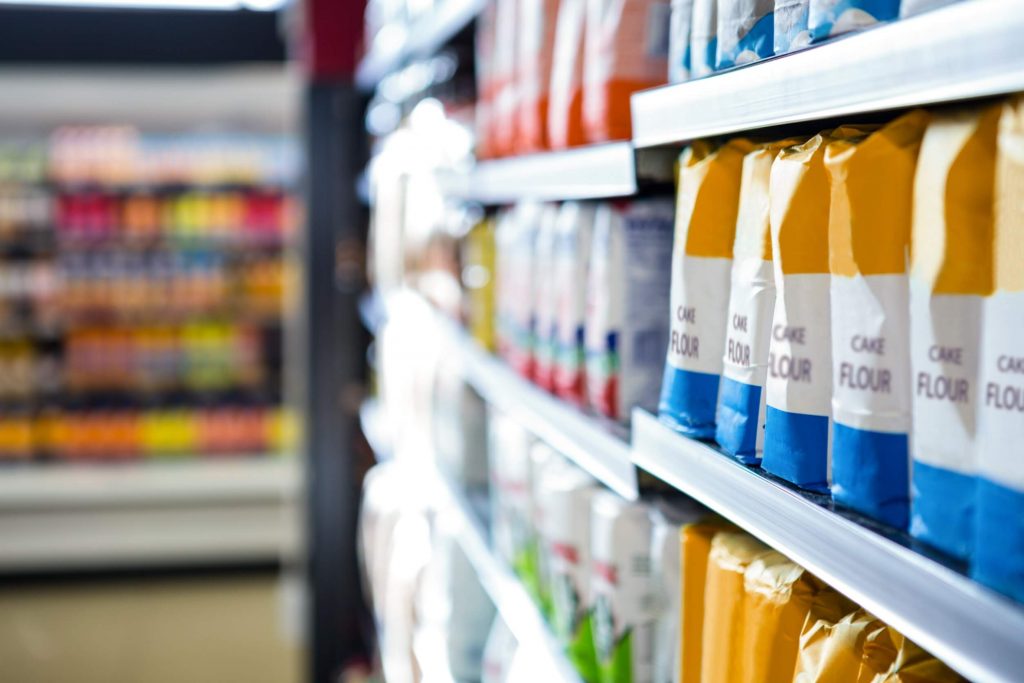
Creating Your Brand Packaging
Your product’s packaging is one of the most unique things customers will identify with your product. (1) The more the customer can identify with the branding, the easier it will be for them to make that decision.
When it comes to your sales pitch it’s common for salespeople to rely on hard data and statistics to back up their claims. Instead, you should tell them a story.”
– HuffPost
At Maco PKG, we help you package your product in a flexible and unique way, keeping your product’s identity at the core of each innovative package without sacrificing quality or cost-effectiveness. We can help you take your product from prototype to production so you can present the best version of your product to category managers and customers alike.
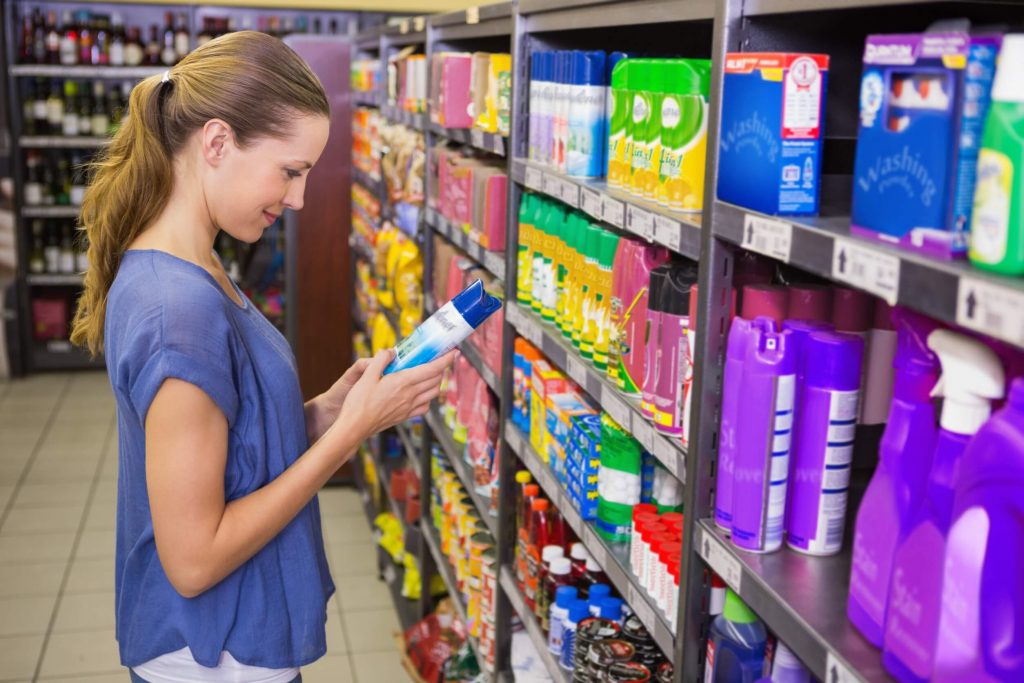
How to Get Your Product in Stores: The Process
Getting your product into a grocery store can seem like a daunting task, but it’s not so complicated once you break it down. Once you have all the packaging ready, you have the product in hand, and the product has gone through all the necessary steps for FDA approval, then you are ready to send your product to market.
Typically, when learning how to get your product into grocery stores, you will come across several steps in the process outlined below. Keep in mind that these steps may change based on the retailer you approach, as individual processes vary.
Develop a List of Potential Buyers
Before you rush your product out the door, you should develop a list of potential buyers. We’re not talking about the end-customers who will be buying from the retailers, but rather, which grocers are most likely to carry your product?
You should develop a list of grocers that stock similar products. Note the product brands they carry and at what price range they typically sell these products within. For example, trying to sell a gourmet, organic rice product may not go over too well at the corner store, but it could be a hit at the local health grocer.
This also allows you to consider what the stores may be buying these products for, and determine what price range you can sell your product to the grocer for.
Market Research and Vendor Request Form
Market research is essential to launching your product and seeing it take off successfully. Look at what your target market is buying, what they expect from these grocers, and how they decide which products to buy. Not only will this help you tailor your product to the grocery store, but it will help your product stay successful once it’s on the shelf.
Once you’ve done that, it’s time to talk about the vendor request form. You can typically download this online or register online with the grocer directly. This is where you will supply all the necessary information for your product such as FDA audits, food certificates, proof of liability insurance, and any other kind of documentation you’ll need to show the grocer.
Meet Distributors and Category Managers
Before you visit your local grocer, you’ll want to meet distributors and category managers first. Distributors, if you don’t already have one, should be the first on your list of priorities as they will help you distribute your product into retail stores. Showcasing product samples during your meeting with distributors helps, as they can provide you with feedback about the pitch and product potential before you meet with category managers.
A category manager works within the retailer on certain categories of products. For example, snacks, dairy, and products are all different categories. When you feel ready, your distributor can help you get in touch with the category manager for your product type at your local grocer.
Present Your Product
When you’re ready to present your product, you’ll be pitching your product directly to grocers. During these discussions, you’ll be able to discuss profit margins, stock timelines, and how often to ship new products. (2) Confidence helps keep the product desirable, but you will need to maintain some flexibility and work within their bounds as well.
“When approaching potential distributors, ensure you show you are passionate about your product. Be enthusiastic and demonstrate your true confidence in your product line.”
– Forbes
Until your product becomes better known, grocers may want to stock your product on a consignment basis to remove potential risk from their side. This means that you’ll ship the product to them, and they pay you for it once it sells. While it requires an up-front investment on your side, it’s well worth it to test that local market.
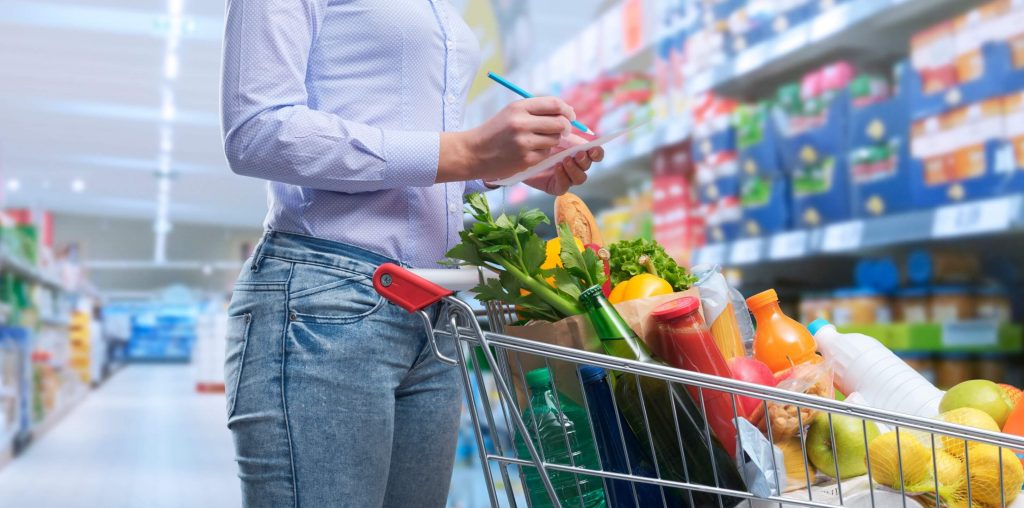
Additional Things You Should Consider After Pitching Your Product
Once you’ve pitched your product once, it doesn’t mean you should stop innovating your product. If there’s one thing customers and store managers like, it’s improvements and variations of products to show that you’re always looking at customer feedback. Below, you’ll find some additional things you should consider after pitching your product to a big retailer.
Attractive, Accurate Product Packaging
Product packaging alone will take your product far. Product packaging should be fun, functional, and easy to read.
Ensuring that the packaging meets all U.S. food and drug administration guidelines for its type will allow grocery stores to stock your product.
Moreover, attractive packaging will help customers notice the new product on the shelves. The more customers who pick up your product, the more they will be comparing it to their normal choice and put it in their basket.
Don’t Stop Marketing
One big mistake that product manufacturers and suppliers make when they start getting their products into grocery stores is to stop marketing. Never stop marketing your product, even if it’s to tell your existing customer base about your product’s availability in a new store.
Plus, targeted advertising for the grocery store’s location is always a smart move. Depending on the retailer’s advertising agreement, you may be able to advertise directly to your potential market that your product is available in their area.
Do You Need Any Additional Permits or Forms?
When you’re pitching your product to different stores, you might be thrown off your groove if you come across a retailer asking for additional permits or forms for your product that you haven’t needed before.
If you are manufacturing food in a certain city or distributing it to a new state, you may need additional permits from that state’s department of health. You should always look at state regulations whenever you sell your product in a new state.
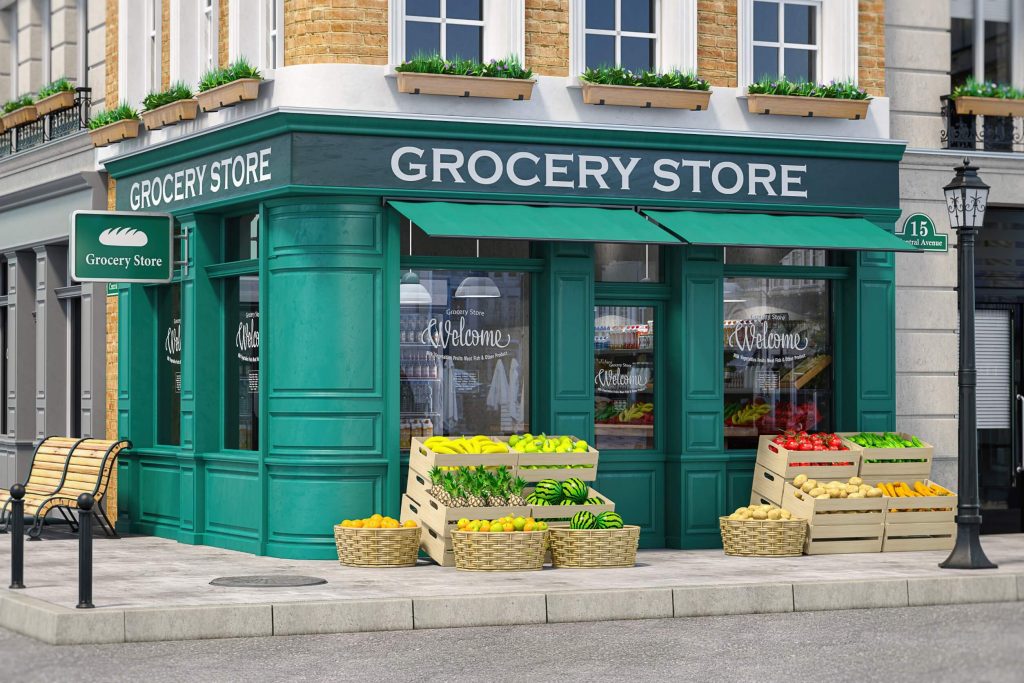
Types of Grocers and Retailers
There are many different types and subtypes of retailers, each has different qualifications and procedures for accepting new products onto their shelves. Below is a brief list and description of each:
Conventional Supermarkets
These supermarkets are typically the community’s go-to market for daily essentials. They mostly feature a range of fresh produce, canned goods, and other types of foods. While not the focus of the store, they may also sport a small range of basic non-food products like pet supplies, beauty products, cleaning essentials, and pharmacy items. These stores typically have a category manager or product manager that you will be speaking with when you pitch your product.
Independent Stores
These stores are typically ones that have a limited range of goods for sale but have a more eclectic mix. They may be mom-and-pop style markets, or they could be regional chains in the process of upgrading.
Overall, these stores are easier to showcase a new product in, and you may talk to a manager or the store owner directly when pitching your product. While the barrier to entry can be lower with these stores, they typically work on consignment to lower their investment costs until they know the product will sell reliably enough.
Supercenters
Supercenters are well known for being conventional supermarkets-meets department stores. You can find a range of clothing, auto care products, toys, electronics, and seasonal items in this store, in addition to what you can typically find in a supermarket. These stores typically work with category managers to help determine which products get put on the shelves.
Warehouse Clubs
Membership-based warehouse clubs offer wholesale products to their customers, typically in semi-bulk quantities. It’s common for local businesses to shop for ingredients at these stores, as they save money over buying at supermarkets and can buy the quantities they need. You will likely be talking with a category manager or the store manager when discussing your product for this type of store.
Convenience Stores
This store type, also known as corner stores, provides neighborhoods with convenient options for grab-and-go shopping. Typically attached to a gas station or another type of store, you’ll find a small assortment of essentials like eggs, milk, paper towels, snacks, and drinks. Typically, the store manager or owner will discuss new product placement in this setting.
Maco PKG Can Help Your Product Shine
Can’t wait to get your product on the market? Give your product the best shot at success.
Let Maco PKG help your product shine with prototype-to-production help at making unique and functional branding according to your packaging protocols. Get in touch with our team to start discussing your product today.
References
- HuffPost, Simple Strategies to Increase Your Sales Performance, https://www.huffpost.com/entry/simple-strategies-to-increase-your-sales-performance_b_5a42d707e4b0d86c803c73be
- Forbes, 5 Steps to Approaching a Wholesale Grocery Distributor with Your Product Line, https://www.forbes.com/sites/forbesbusinessdevelopmentcouncil/2022/06/29/5-steps-to-approaching-a-wholesale-grocery-distributor-with-your-product-line/?sh=4f63ae753eed

